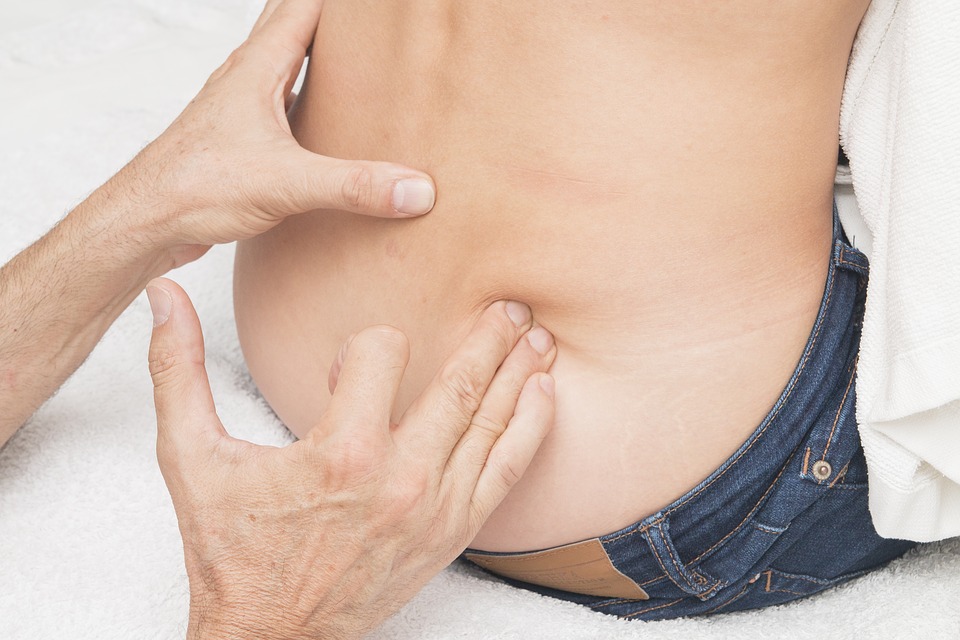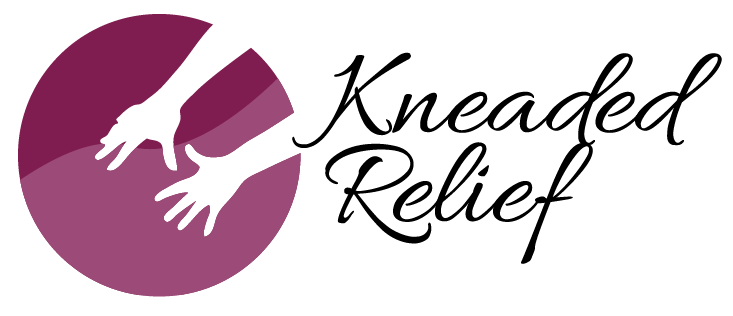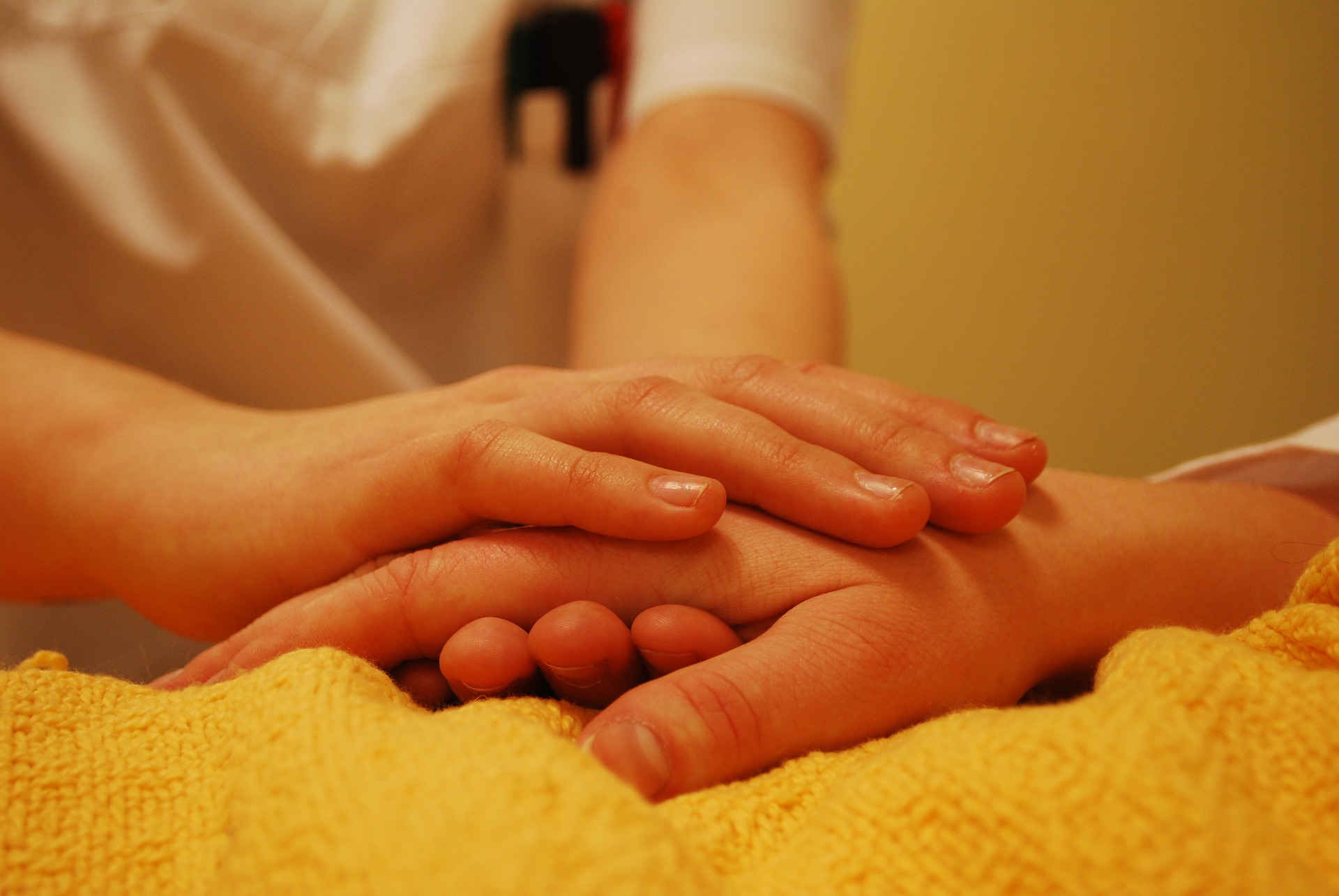What does it mean? And what should it look like for me?
Range of Movement, or ROM, describes your capacity for normal muscle flexibility and motion. Acrobats and ballerinas are exceptionally flexible, and they have trained their bodies to stretch to amazing lengths! Amazingly, both average and uber-limber people have the same types of muscles with the same designed actions to perform. Whether you consider yourself to be a flexible person or not, there are definitely things you should be able to do without pain. Some examples of normal muscle actions would be:
- Bending over to touch your toes
- Reaching your arm behind your back to scratch
- Turning your neck to look over your shoulder (chin to shoulder)
These are normal, everyday things we do. Should untrained adults be able to automatically perform the splits or wrap their legs around their head? No, and I’d advise against trying it for the first time now! The human body CAN do exceptional things, but there is a standard of “normal” that your therapist or doctor would look for when assessing your ROM.

What goes wrong?
Some of the things that negatively affect ROM are:
- Hypertonicity (muscle tension)
- Fibrosis (thickening of tissue, also referred to as scar tissue)
- Trigger points (commonly referred to as knots)
Muscles move your body by contraction of muscle fibres. That means, muscles pull – they do not push. We have agonists and antagonists at work. Where you have one muscle pulling/contracting and causing movement (agonist), you have an opposing muscle extending and supporting that movement (antagonist). Then to reverse the movement, the antagonist muscle becomes the agonist, and contracts, pulling the body back into alignment.
When the antagonist muscles are forced to extend for prolonged periods, the fibres become stretched and weakened. That negatively affects muscle tone and strength. Meanwhile, the agonist stays contracted for too long, the muscle fibres lack blood flow and become adhesive in nature, resulting in reduced flexibility or range of movement. This muscle tension is called hypertonicity.

Fibrosis is better known as "scar tissue". The body defends and protects itself by laying down new fibres where the original fibres have been damaged. Dr Andreo Spina likened the restriction of movement from fibrosis and tight connective tissue to wearing skin-tight jeans. You know what he's talking about, you definitely wouldn't attempt yoga or lunges with tight jeans on, right?! Unlike a pair of jeans, though, you can’t just take off a layer of tight tissue.
Trigger points, or knots, form when some of the muscle fibres become dysfunctional, and do not contract to their resting point correctly. The fibres then lose nourishment, become adhesive in nature, and bond together creating a palpable nodule. The fibres can no longer lengthen to their full potential, resulting in restricted range of movement.

Massage can help!
ROM is something you can improve with persistent stretching. But if you’re not achieving a normal range of movement to begin with, you possibly have a few issues that need to be addressed. Restoring range of movement and reducing muscle tension are the primary goals of massage therapy.
Many other benefits stem from achieving these goals, i.e. pain relief, stress relief, improved circulation etc. Once you have treated any soft tissue dysfunctions, you can often maintain excellent ROM and muscle tone with regular stretching and exercise.





